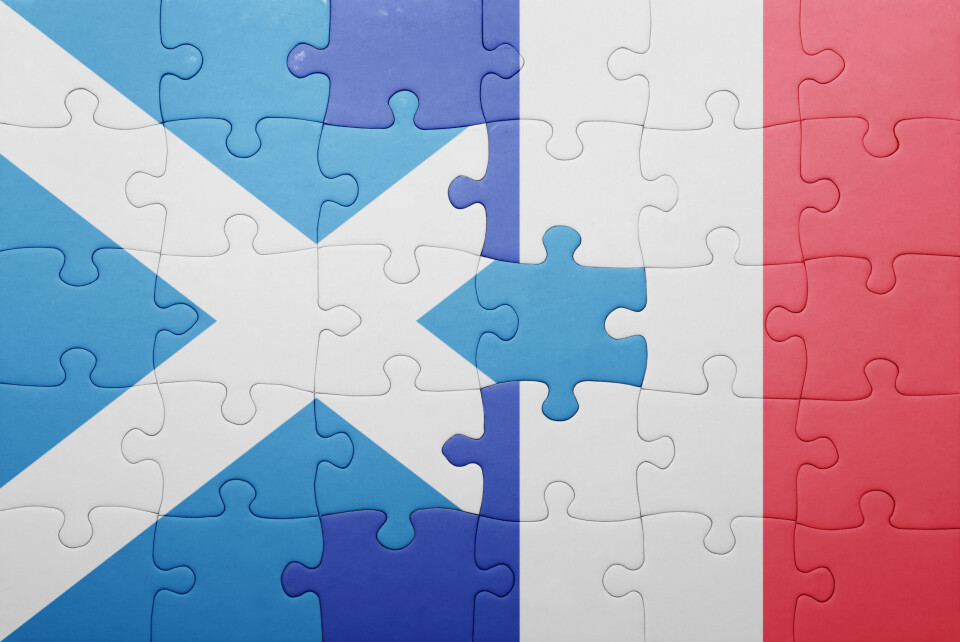-
Martel: the medieval French town home to a 'truffle' train and lavender festival
The small town in the Lot offered refuge to an English throne heir until his death
-
Brittany lighthouse lens removal leads to public outcry
A petition gained over 20,000 signatures, highlighting the ongoing battle over the buildings' heritage in France
-
How France looks after its historical treasures
Emmanuel Pénicaut, director of collections at Mobilier national, explains the organisation’s vital role
From banking to wine: four surprising Scottish-French ties
There is plenty more binding the two nations together than a historic mistrust of the English

We look at four historical figures and events which link France to Scotland.
1. John Law
John Law was a Scottish economist born in 1671 who fled London for France after killing a man in a duel.
He rose to become Controller-General of Finances (akin to prime minister at the time), created France’s first national bank and became head of France’s business assets in North America.
His revolutionary banking system went a long way to establishing paper money as a replacement for gold.
It all ended in ruin, though, after the American venture collapsed, plunging France into a financial crisis.
2. The Auld Alliance
The Auld Alliance stretches back to 1295 and saw Scotland and France pledge to aid each other against the common enemy, the English.
On a trip to Edinburgh in 1942, Charles de Gaulle declared the alliance “the oldest in the world”.
There is some dispute as to when it ended, or if it even has, so it is not clear whether his claim was accurate. But it is a fine sentiment, which he backed up by telling his Scottish audience: “No people has ever been more generous than yours with its friendship.”
3. Claret
French wine from the Bordeaux region used to be the favoured drink in Scotland.
As well as being a military pact, the 1295 Auld Alliance gave Scottish merchants privileged access to the finest French wines.
For centuries, bottles were imported straight to Scotland, bypassing England, where nobles and the working class consumed it in great quantities.
It was not until much later that the Highlander drink of whisky overtook wine as the Lowlanders’ favourite tipple.
Read more: Whisky production in France is picking up pace
4. Robert Louis Stevenson
Robert Louis Stevenson, one of Scotland’s best-known writers, also has a strong tie to France.
In the 1870s, he came here to recuperate from an illness and walked through the south-central mountain range, the Cévennes, with his donkey.
He wrote a story about this trip – Travels with a Donkey in the Cévennes – and today his route is a known walking trail called the Chemin de Stevenson, running 225km through Haute-Loire, Lozère and Gard.
Related articles:
Historic Clan MacKinnon lives on in France’s unique Scottish town
Aveyron is home to the world’s biggest bagpipe collection
‘Brexit made Scottish independence and EU re-entry more likely’
























